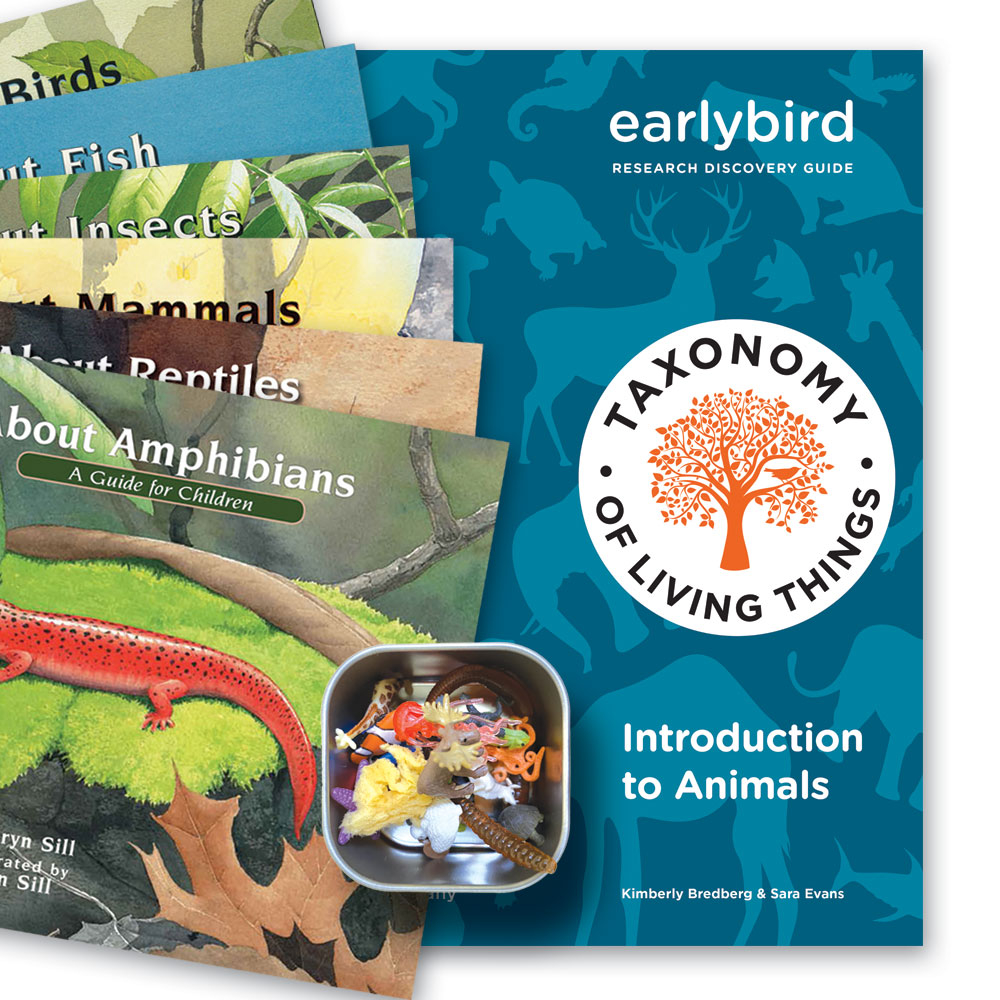
Have you heard of Carolus Linnaeus?
His life’s work will inspire you.
Here’s how this writing unit is organized:
Week 1.
SORTING IT ALL OUT
The unit begins with an introductory section for students to begin gathering information that will enable them to enter into more advanced non-fiction research writing. In this case the culminating research writing is conducted in the five kingdoms of life, from simple living things to more complex—Kingdom Monera, Protista, Fungi, Plantae, and Animalia.
Week 2.
TAXONOMY THROUGH THE AGES
In this section, students will continue to gather information that will enable them to understand the history of classification which will, in turn enable the student to, beginning in Week 4, conduct more advanced research and write an expanded, information packed paragraph tied to one of the Five Kingdoms of Life. This week culminating research writing is biographical. This assignment can, of course, be differentiated—from simple paragraph to expanded paragraph to essay.
Sample Prompt:
RESEARCH PROJECT
Read: Classifying Living Things
» Page 27 – Linnaeus and His System
After reading the above assignment, use books or the internet to do your own additional research on Carolus Linnaeus.
Use what you learn to write a paragraph about him on the following page.
Week 3.
THE FIVE KINGDOMS
Week 3 provides the final informational notes that will set students, geared up, to write about living things through the Five Kingdoms of Life.
Weeks 4, 5, 6 7, and 8.
Weeks 4 through 8 provides the scaffolding to enable students to conduct research in each of the five kingdoms—Monera, Protista, Fungi, Animalia, Plantae. While this unit is topical, the goal is not necessarily teach biology but to help students acquire the vital skill of note-taking and the knowledge necessary to write a non-fictional idea. Simply think of the student workbook filled with the student’s new knowledge (“the notes”) as a springboard to the writing. Each week the writing can be differentiated—simple paragraph to expanded paragraph. Expand the research two more weeks, compiling one paragraph for each week (4 through 8), add an introductory paragraph, plus a concluding paragraph and, voilà, at the end of week 10 your student has completed an essay entitled: The Five Kingdoms of Life.
~Kimberly







